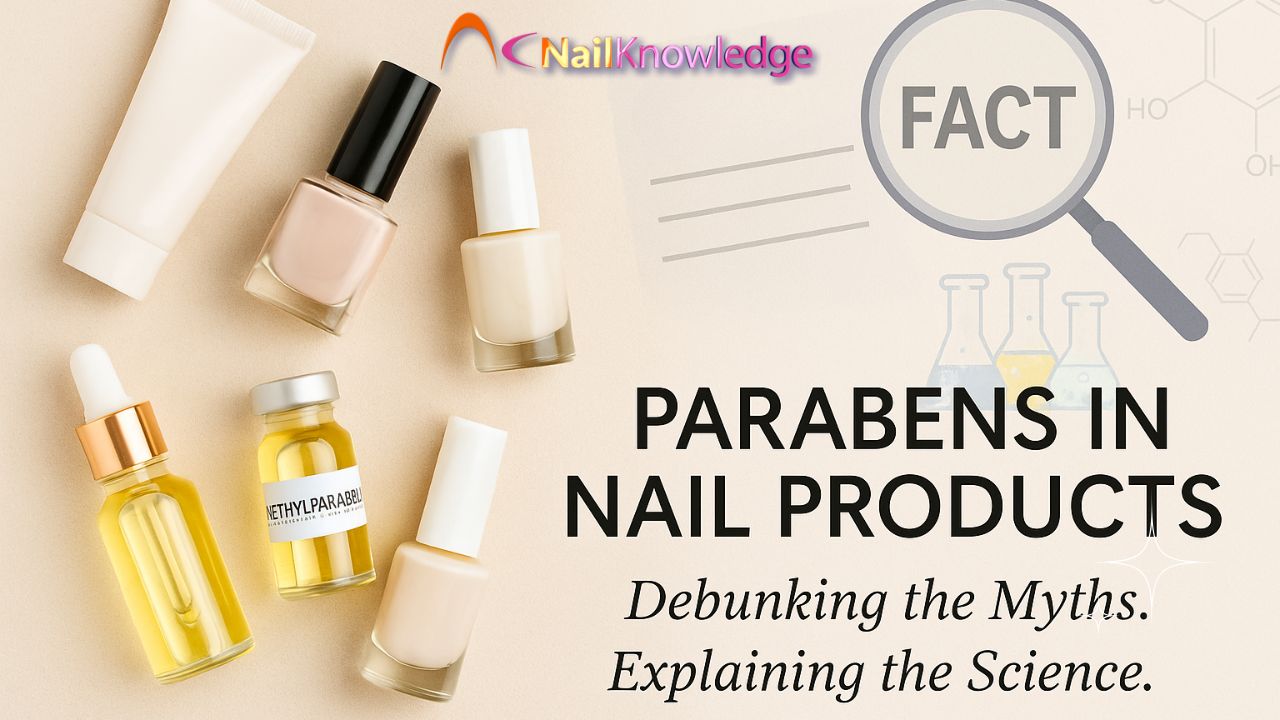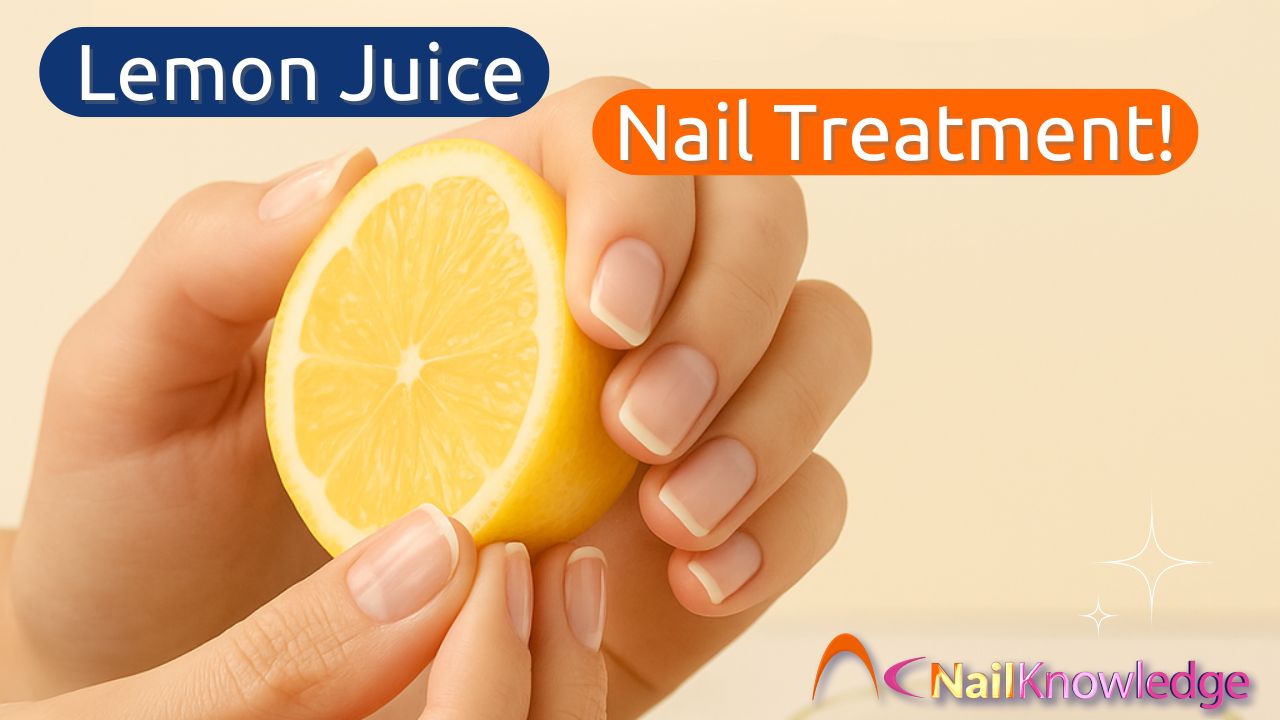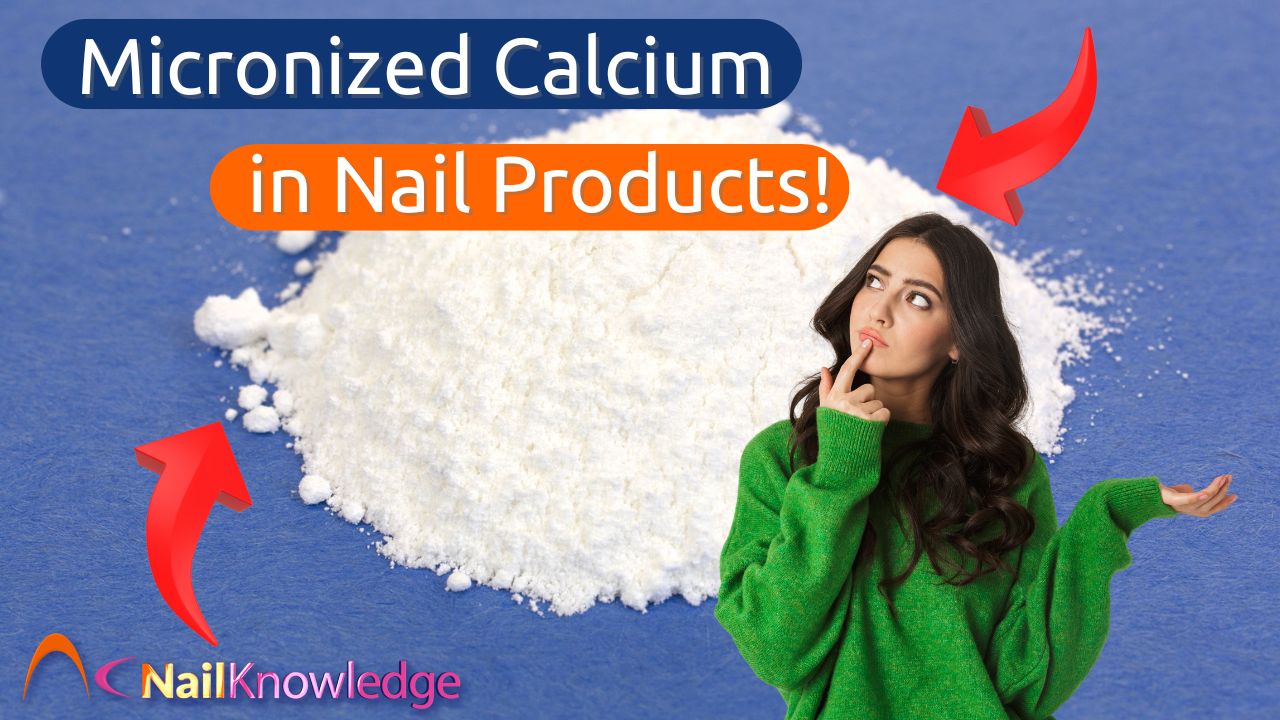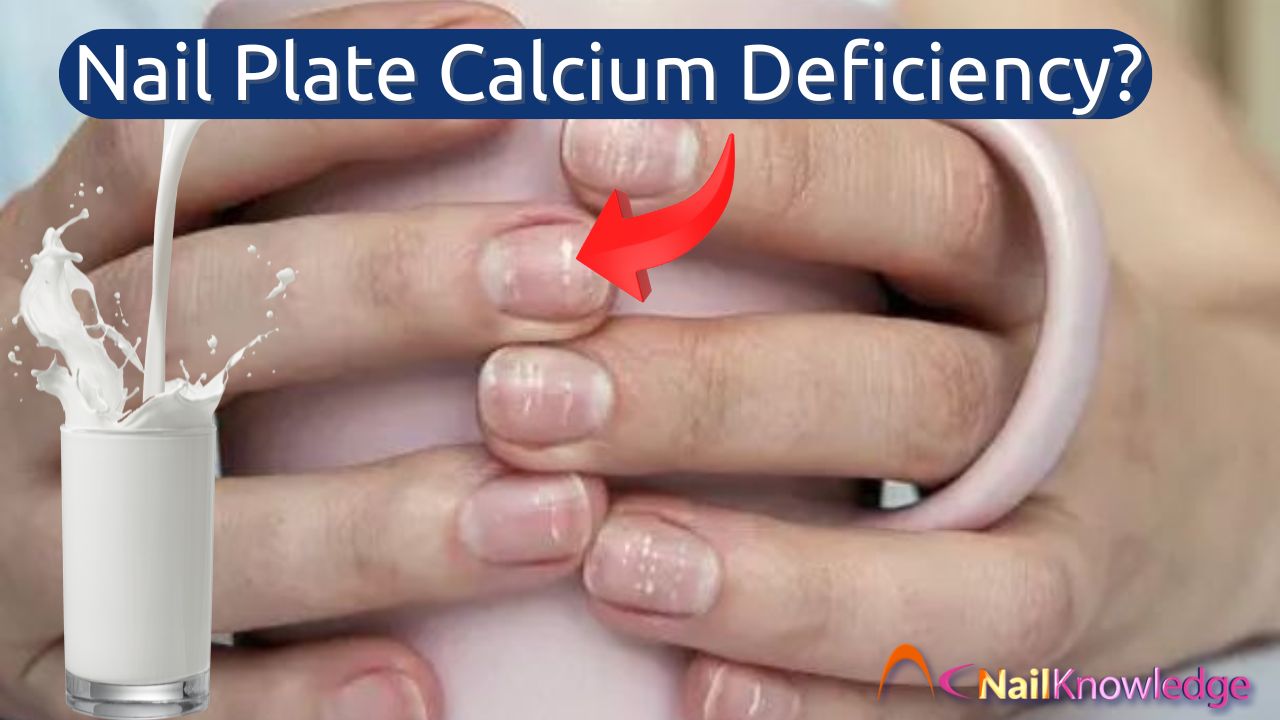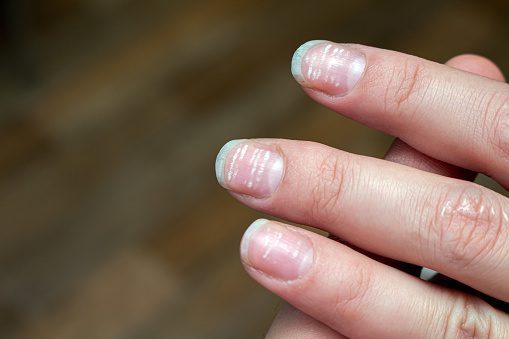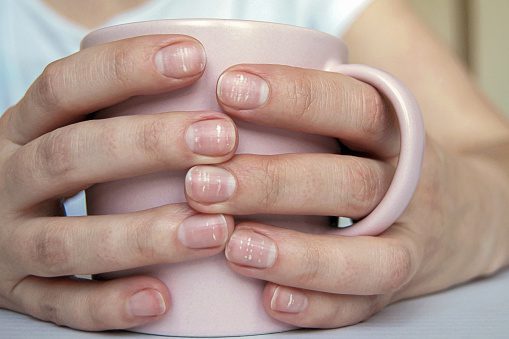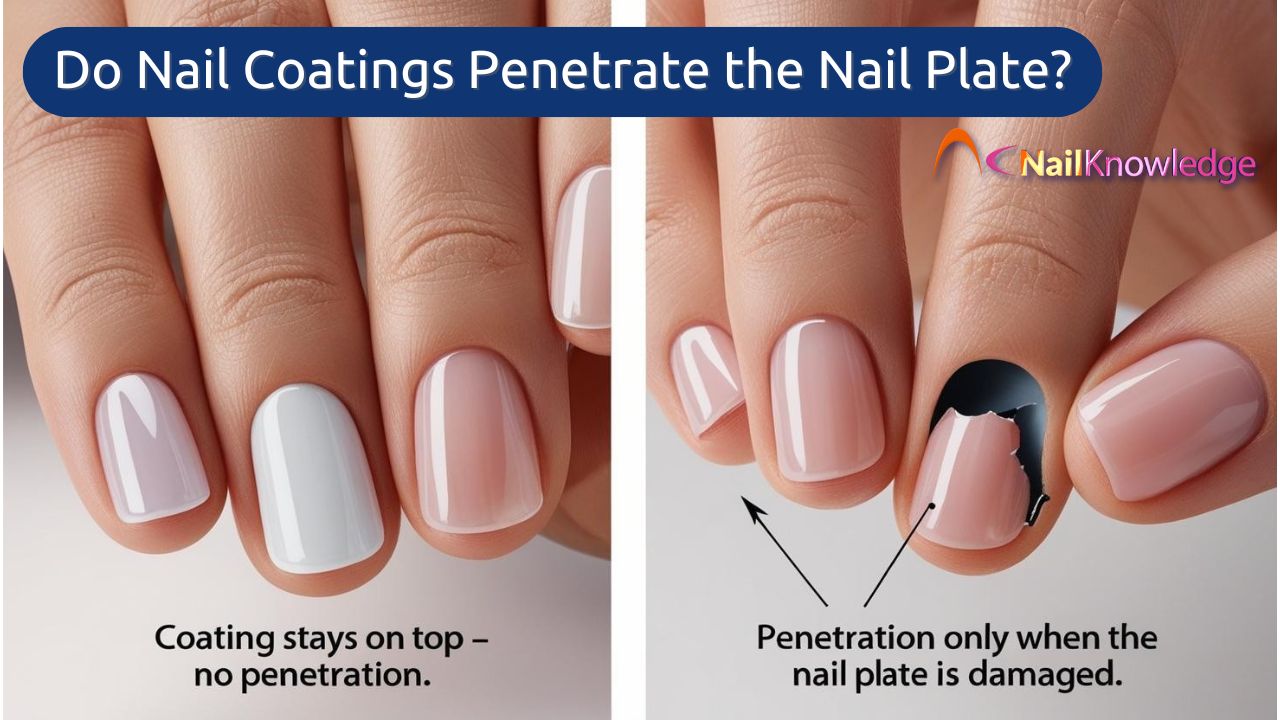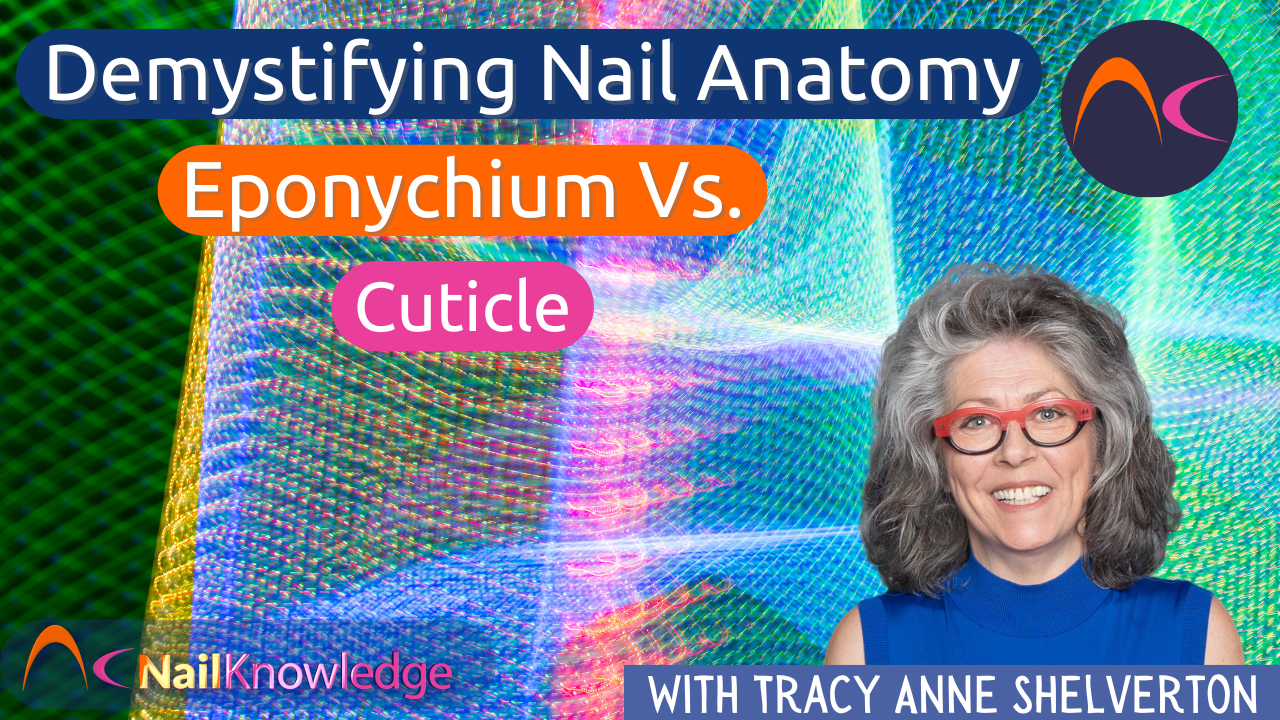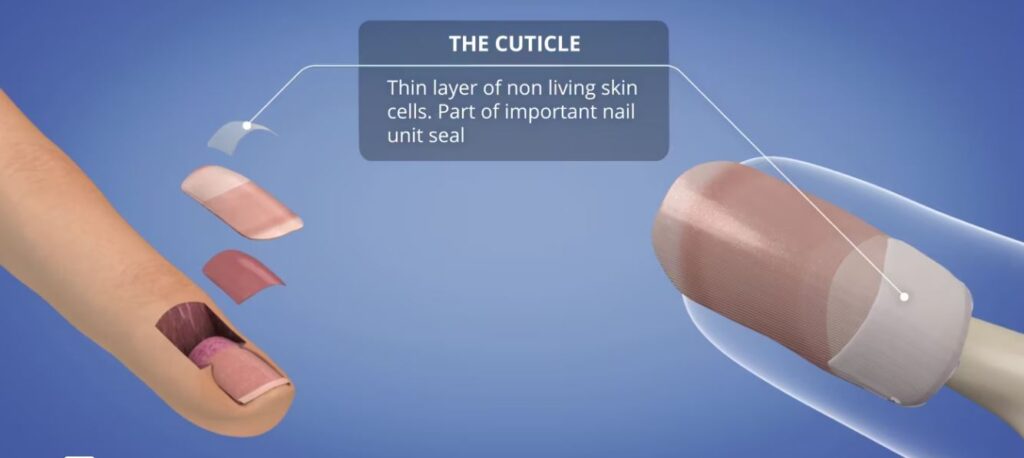We hear a lot these days about what’s “toxic” in beauty. From sulphates to silicones, and yes, parabens in nail products, the internet is bursting with warnings, red flags, and product blacklists. But how much of it is actually backed by science? And how much is fear-based noise that gets repeated without question?
For nail techs, salon owners, and even well-informed clients, the concern over parabens often comes up when choosing lotions, cuticle creams, or strengthening treatments. The conversation feels urgent, especially when tied to something as serious as breast cancer. But is the concern valid? Or are we chasing shadows?
Let’s unpack what parabens are, why they’ve caused so much controversy, and what you really need to know about their role in chăm sóc móng tay.
Paraben là gì và tại sao chúng lại có trong các sản phẩm chăm sóc móng?
Parabens are a group of synthetic preservatives used in cosmetics, personal care products, and even some pharmaceuticals. Their job is simple but essential: to prevent the growth of harmful vi khuẩn, mould, and yeast, which can thrive in water-based formulas. Without preservatives like parabens, many of our favourite products would have dangerously short shelf lives.
You’ll most often see them listed as methylparaben, ethylparaben, propylparaben, or butylparaben on ingredient labels.
In the context of nail care, parabens in nail products appear mainly in moisturising treatments such as cuticle oils, hand creams, nail strengtheners, or hybrid polish formulas that include skin-conditioning ingredients. Sơn móng tay truyền thống doesn’t usually contain them, as it’s a solvent-based product less prone to microbial growth.
Nguồn gốc của nỗi sợ Paraben và tranh cãi về ung thư
Nỗi sợ hãi lan rộng xung quanh paraben phần lớn có thể bắt nguồn từ một nghiên cứu duy nhất, hiện đã bị mất uy tín từ năm 2004. Nghiên cứu đó tuyên bố đã tìm thấy dấu vết của paraben trong mô ung thư vú và kết luận được đưa ra là chúng có thể là nguyên nhân gây ung thư. Có thể hiểu được, điều này đã gây ra báo động.
But here’s the problem. The study never compared the cancerous tissue to healthy tissue, and no causation was ever proven. It simply found the presence of parabens, which could have come from a wide range of sources. Since then, multiple follow-up studies have failed to replicate those results, and leading organisations like the Susan G. Komen Foundation have stated there is no credible evidence linking cosmetic parabens to breast cancer.
Vậy tại sao huyền thoại này cứ liên tục xuất hiện?
Bởi vì nỗi sợ lan truyền nhanh hơn sự thật. Đặc biệt là trên mạng.
Những câu chuyện có thật và thông tin sai lệch trong lời khuyên về làm móng và làm đẹp
Doug Schoon, một nhà khoa học được kính trọng trong ngành làm móng và mỹ phẩm, chia sẻ một câu chuyện sâu sắc cho thấy thông tin sai lệch dễ dàng lan truyền như thế nào, ngay cả trong giới chuyên gia.
While accompanying a friend, a breast cancer survivor, to her routine check-up, Schoon was surprised to hear the doctor warn her to avoid parabens, especially in beauty products. When asked for the source of this advice, the doctor admitted it came from “an environmental website” and “something he read online.”
No research. No verified data. Just repetition of something he heard somewhere, sometime, and now passes on to patients as though it’s established truth.
Đây là cách paraben trong sản phẩm làm móng ended up on “danger” lists, not through credible science, but through repetition, fear, and a few loud activist groups pushing junk science.
Chất bảo quản mỹ phẩm như Paraben có thực sự an toàn không?
Yes, they are. And here’s why that matters.
So với nhiều chất bảo quản thay thế khác, paraben thực sự là một trong những lựa chọn an toàn và hiệu quả nhất hiện nay. Chúng:
- Làm việc ở nồng độ rất thấp
- Có hiệu quả cao đối với nhiều loại vi khuẩn
- Are less likely to cause allergic reactions than some newer, less-studied alternatives
- Có hồ sơ an toàn lâu dài được hỗ trợ bởi nhiều thập kỷ sử dụng và giám sát theo quy định
Các cơ quan quản lý như FDA (Hoa Kỳ) và Ủy ban Khoa học về An toàn Người tiêu dùng (EU) vẫn tiếp tục cho phép sử dụng paraben trong mỹ phẩm ở mức giới hạn nồng độ đã định. Nếu chúng không an toàn, chúng sẽ bị cấm.
Instead, what we’re seeing is a growing number of products marketed as “paraben-free” not because parabens are dangerous, but because brands are responding to consumer fears. Fears that were born out of misinformation, not evidence.
Tại sao các chuyên gia làm móng nên hiểu về chất bảo quản
Khi khách hàng hỏi bạn rằng paraben trong sản phẩm làm móng có nguy hiểm không, bạn sẽ trả lời thế nào?
Đây là cơ hội để bạn vừa an tâm vừa thực tế. Hãy cho họ biết:
- Nghiên cứu ban đầu liên kết paraben với ung thư đã bị vạch trần
- Paraben có hiệu quả và an toàn khi sử dụng theo hướng dẫn của cơ quan quản lý
- Liều lượng tạo nên chất độc. Tiếp xúc với dấu vết trong các sản phẩm làm móng không nguy hiểm
- Các chất thay thế thường đòi hỏi nồng độ cao hơn, có thể gây kích ứng da nhiều hơn
Bằng cách cung cấp thông tin thực tế cho khách hàng thay vì gieo rắc nỗi sợ hãi, bạn sẽ xây dựng được lòng tin và bảo vệ tính toàn vẹn của dịch vụ.
Khách hàng có nên tránh sử dụng Paraben trong các sản phẩm làm móng không?
If you have a known allergy or sensitivity, of course, always avoid ingredients that don’t agree with your skin.
But for the vast majority of people, parabens in nail products pose no health risk. In fact, they increase the safety and shelf life of the product by preventing microbial contamination. Without them, you’re more likely to use a product that has gone bad, and that’s a real concern.
Vì vậy, trước khi vứt bỏ một loại kem dưỡng da hoặc dầu dưỡng biểu bì tốt vì nó chứa paraben, hãy dừng lại và tự hỏi: điều này dựa trên sự thật hay nỗi sợ hãi?
Suy nghĩ cuối cùng về Paraben và An toàn sản phẩm làm móng
We live in a time where “clean beauty” often means “fear-based marketing.” And while it’s wonderful to be informed and selective about what we put on our bodies, that doesn’t mean demonising ingredients without credible evidence.
Parabens in nail products have been unfairly targeted by junk science and misinformation. The truth is, they are well-researched, widely used, and among the safest preservatives in the industry. So the next time someone warns you about them, you’ll know exactly what to say and why it matters.
Because in beauty, as in science, the truth shouldn’t be optional.

